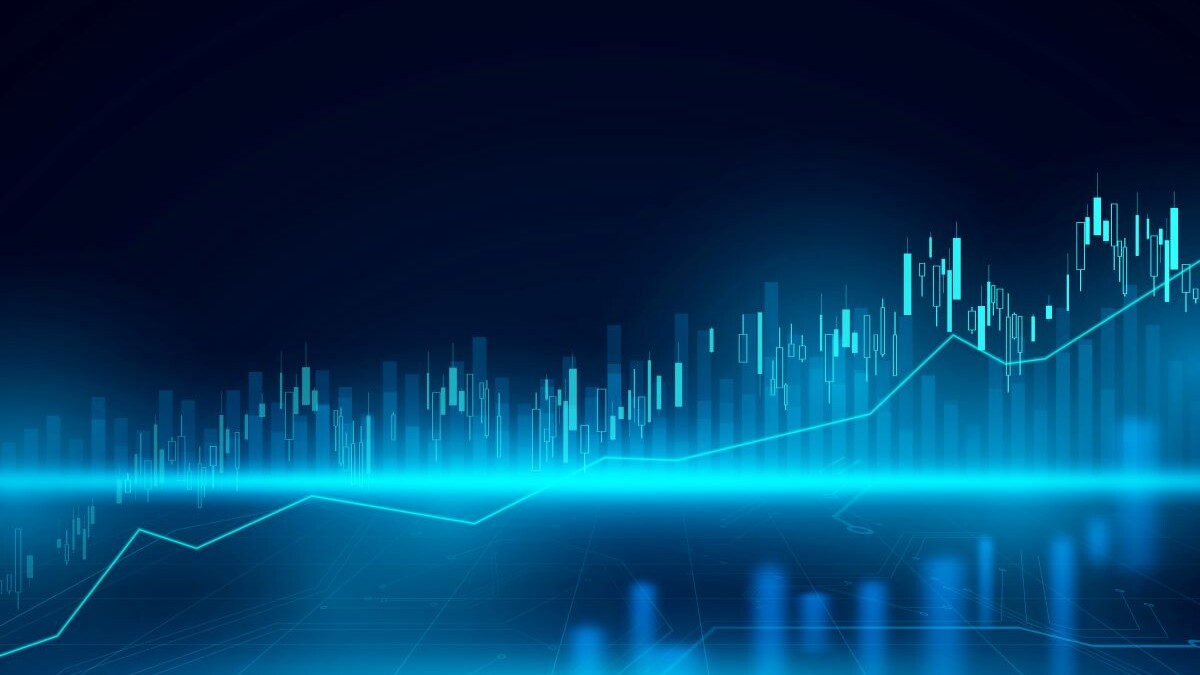Yesterday, a key gauge of the US economy flirted with a negative signal, sending equities into a tailspin with the S&P 500 losing nearly 3% over a single day. For the first time since 2007, the yield on the 10-year Treasury note fell below that of the two-year note during the trading day, resulting in an inverted yield curve.
Although brief, the inversion reinforced worries around a potential recession, especially since it followed a dip in the yield of the 10-year Treasury note below that of the three-month Treasury bill in March. Further fanning these recessionary concerns are subdued inflation levels, economic weakness in Europe, and worsening trade relations between the United States and China.
For the last 40 years, an inverted yield curve has been a reliable gauge of an upcoming, though not imminent, recession. However, as we detailed in our March blog post “What is the Yield Curve Signaling”, the predictive power of this indicator requires greater context following the Federal Reserve’s unprecedented monetary accommodation during the financial crisis in 2008. To this end, the central bank’s large balance sheet has driven Treasury term premiums to historic lows, potentially enabling more frequent yield curve inversions without the associated risk of a recession. Furthermore, escalating trade tensions with China and worries of global contagion have dragged down longer-dated Treasury yields, potentially distorting the yield curve.
At NEPC, we do not believe current economic metrics support an impending US recession. In fact, economic data, though subdued, remains steady – inconsistent with the alarm bells being raised by markets. While we recognize the cautious signal from the bond market, we are not overly troubled as credit markets remain relatively calm with spread levels below long-term medians. Further, much of the recent market activity appears to be driven by negative sentiment associated with US-China trade relations. Should we see a break in the US-China trade impasse, a prospect we view increasingly more likely as we approach a presidential election year, we are hard-pressed to believe the current ominous profile of the yield curve remains. That said, in the coming months we will continue to monitor the market environment. If the inverted yield curve persists or we see a significant deterioration in US-China trade relations, we would potentially recommend a more defensive portfolio position, including a material increase in safe-haven fixed-income and a reduction in equity exposure.
In many ways, we view the recent yield curve inversions as a part of Late Cycle Dynamics, one of our 2019 Key Market Themes. We have frequently stated late-cycle does not mean end of cycle as equity markets can continue to offer strong returns. Similarly, in the year following a 10-year/2-year yield curve inversion, US equities have historically posted positive returns. To this end, we caution against material reductions in equity risk with the prospects of more aggressive Fed actions on the horizon. In addition, should US equities sell-off to a greater degree than global markets, we would encourage skewing global equity exposure towards domestic stocks.
As we stated in our most recent quarterly letter, we find the current investment dynamic to be a common characteristic of the late stage of an economic cycle. Furthermore, we remind investors of the benefits of a diversified and balanced portfolio given the more pronounced risks and volatility historically associated with a late cycle. That said, we will continue to assess market conditions and will communicate any changes in our investment outlook as the situation evolves.



